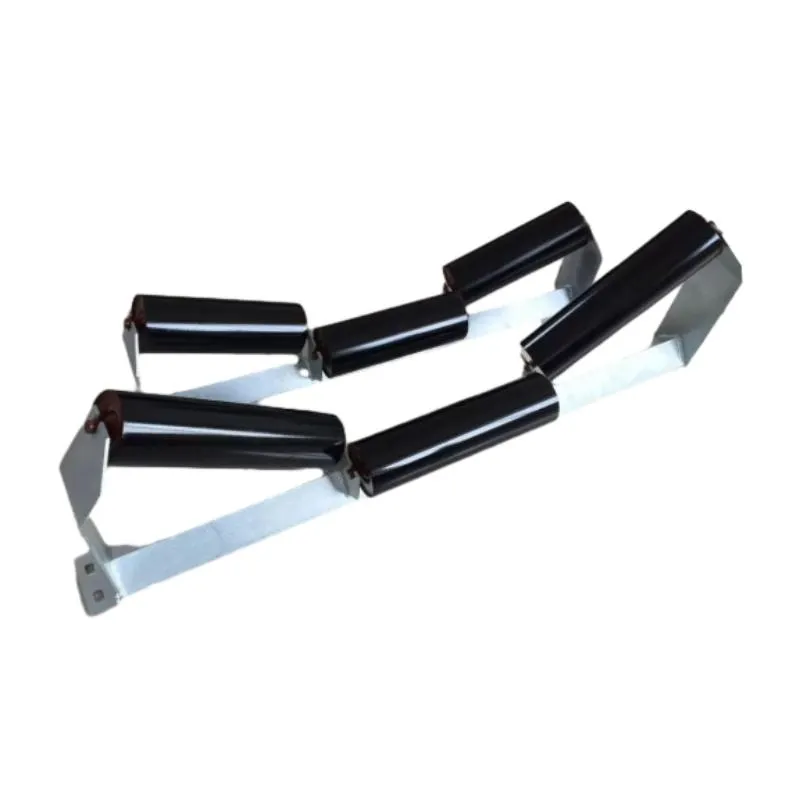 Afrikaans
Afrikaans  Albanian
Albanian  Amharic
Amharic  Arabic
Arabic  Armenian
Armenian  Azerbaijani
Azerbaijani  Basque
Basque  Belarusian
Belarusian  Bengali
Bengali  Bosnian
Bosnian  Bulgarian
Bulgarian  Catalan
Catalan  Cebuano
Cebuano  Corsican
Corsican  Croatian
Croatian  Czech
Czech  Danish
Danish  Dutch
Dutch  English
English  Esperanto
Esperanto  Estonian
Estonian  Finnish
Finnish  French
French  Frisian
Frisian  Galician
Galician  Georgian
Georgian  German
German  Greek
Greek  Gujarati
Gujarati  Haitian Creole
Haitian Creole  hausa
hausa  hawaiian
hawaiian  Hebrew
Hebrew  Hindi
Hindi  Miao
Miao  Hungarian
Hungarian  Icelandic
Icelandic  igbo
igbo  Indonesian
Indonesian  irish
irish  Italian
Italian  Japanese
Japanese  Javanese
Javanese  Kannada
Kannada  kazakh
kazakh  Khmer
Khmer  Rwandese
Rwandese  Korean
Korean  Kurdish
Kurdish  Kyrgyz
Kyrgyz  Lao
Lao  Latin
Latin  Latvian
Latvian  Lithuanian
Lithuanian  Luxembourgish
Luxembourgish  Macedonian
Macedonian  Malgashi
Malgashi  Malay
Malay  Malayalam
Malayalam  Maltese
Maltese  Maori
Maori  Marathi
Marathi  Mongolian
Mongolian  Myanmar
Myanmar  Nepali
Nepali  Norwegian
Norwegian  Norwegian
Norwegian  Occitan
Occitan  Pashto
Pashto  Persian
Persian  Polish
Polish  Portuguese
Portuguese  Punjabi
Punjabi  Romanian
Romanian  Russian
Russian  Samoan
Samoan  Scottish Gaelic
Scottish Gaelic  Serbian
Serbian  Sesotho
Sesotho  Shona
Shona  Sindhi
Sindhi  Sinhala
Sinhala  Slovak
Slovak  Slovenian
Slovenian  Somali
Somali  Spanish
Spanish  Sundanese
Sundanese  Swahili
Swahili  Swedish
Swedish  Tagalog
Tagalog  Tajik
Tajik  Tamil
Tamil  Tatar
Tatar  Telugu
Telugu  Thai
Thai  Turkish
Turkish  Turkmen
Turkmen  Ukrainian
Ukrainian  Urdu
Urdu  Uighur
Uighur  Uzbek
Uzbek  Vietnamese
Vietnamese  Welsh
Welsh  Bantu
Bantu  Yiddish
Yiddish  Yoruba
Yoruba  Zulu
Zulu Effective Solutions for Hot Vulcanized Pulley Lagging in Industrial Applications
Hot Vulcanized Pulley Lagging An Overview
In various industries, the efficiency and reliability of conveyor systems are paramount. One crucial component that plays a significant role in enhancing the performance of conveyor belts is the pulley lagging. Specifically, hot vulcanized pulley lagging has gained recognition for its durability and effectiveness in minimizing wear and tear on pulleys, which in turn improves the overall lifespan of conveyor systems.
What is Hot Vulcanized Pulley Lagging?
Hot vulcanized pulley lagging is a rubber coating that is applied to the surface of a pulley. This process involves the application of heat and pressure, allowing the rubber to bond chemically and physically to the pulley surface. This method of lagging provides a robust protection layer that increases friction, preventing slippage between the pulley and the conveyor belt. The enhanced grip not only facilitates the effective transfer of power but also ensures smoother operation of the conveyor system.
Advantages of Hot Vulcanized Lagging
1. Improved Traction One of the primary benefits of using hot vulcanized lagging is the significant increase in traction it provides. This is critical in preventing belt slippage, especially in high-load applications. With better traction, the conveyor can handle heavier loads with ease, improving the overall efficiency of the operation.
2. Extended Lifespan The durable nature of vulcanized rubber significantly extends the lifespan of both the pulley and the conveyor belt itself. By minimizing wear and tear caused by friction, hot vulcanized lagging reduces the need for frequent replacements, leading to lower operational costs over time.
hot vulcanized pulley lagging

3. Resistance to Wear and Tear Hot vulcanized materials are known for their excellent resistance to abrasion and impact. This makes them ideal for industries where heavy materials are transported, such as mining, construction, and material handling. The longevity of the lagging material means reduced downtime and maintenance.
4. Enhanced Safety By improving the grip between the pulley and the belt, hot vulcanized lagging enhances the safety of the conveyor system. A better grip reduces the risk of accidents caused by slippage or breakage, protecting both the machinery and the workforce.
5. Chemical Resistance Depending on the compound used, hot vulcanized lagging can offer resistance to various chemicals and oils that might be present in certain work environments. This makes it a versatile choice for industries with challenging conditions.
The Application Process
The application of hot vulcanized pulley lagging is a specialized procedure and typically requires professional expertise. The process begins with surface preparation, where the pulley is cleaned and any old lagging material is removed. A suitable rubber compound is then applied to the pulley surface. The pulley is then subjected to heat and pressure in a vulcanizing press, ensuring a strong bond is formed. This meticulous process guarantees that the lagging adheres firmly, creating a durable protective layer.
Conclusion
Hot vulcanized pulley lagging is a vital component in ensuring the efficiency and longevity of conveyor systems across various industries. Its ability to enhance traction, minimize wear, and improve safety makes it an essential investment for businesses relying on conveyor operations. As industries continue to evolve, the demand for reliable and efficient materials like hot vulcanized lagging will only grow, making it a key player in the future of material handling technology. Investing in quality lagging not only protects equipment but also significantly contributes to operational efficiency and safety standards in the workplace.
-
Revolutionizing Conveyor Reliability with Advanced Rubber Lagging PulleysNewsJul.22,2025
-
Powering Precision and Durability with Expert Manufacturers of Conveyor ComponentsNewsJul.22,2025
-
Optimizing Conveyor Systems with Advanced Conveyor AccessoriesNewsJul.22,2025
-
Maximize Conveyor Efficiency with Quality Conveyor Idler PulleysNewsJul.22,2025
-
Future-Proof Your Conveyor System with High-Performance Polyurethane RollerNewsJul.22,2025
-
Driving Efficiency Forward with Quality Idlers and RollersNewsJul.22,2025





























